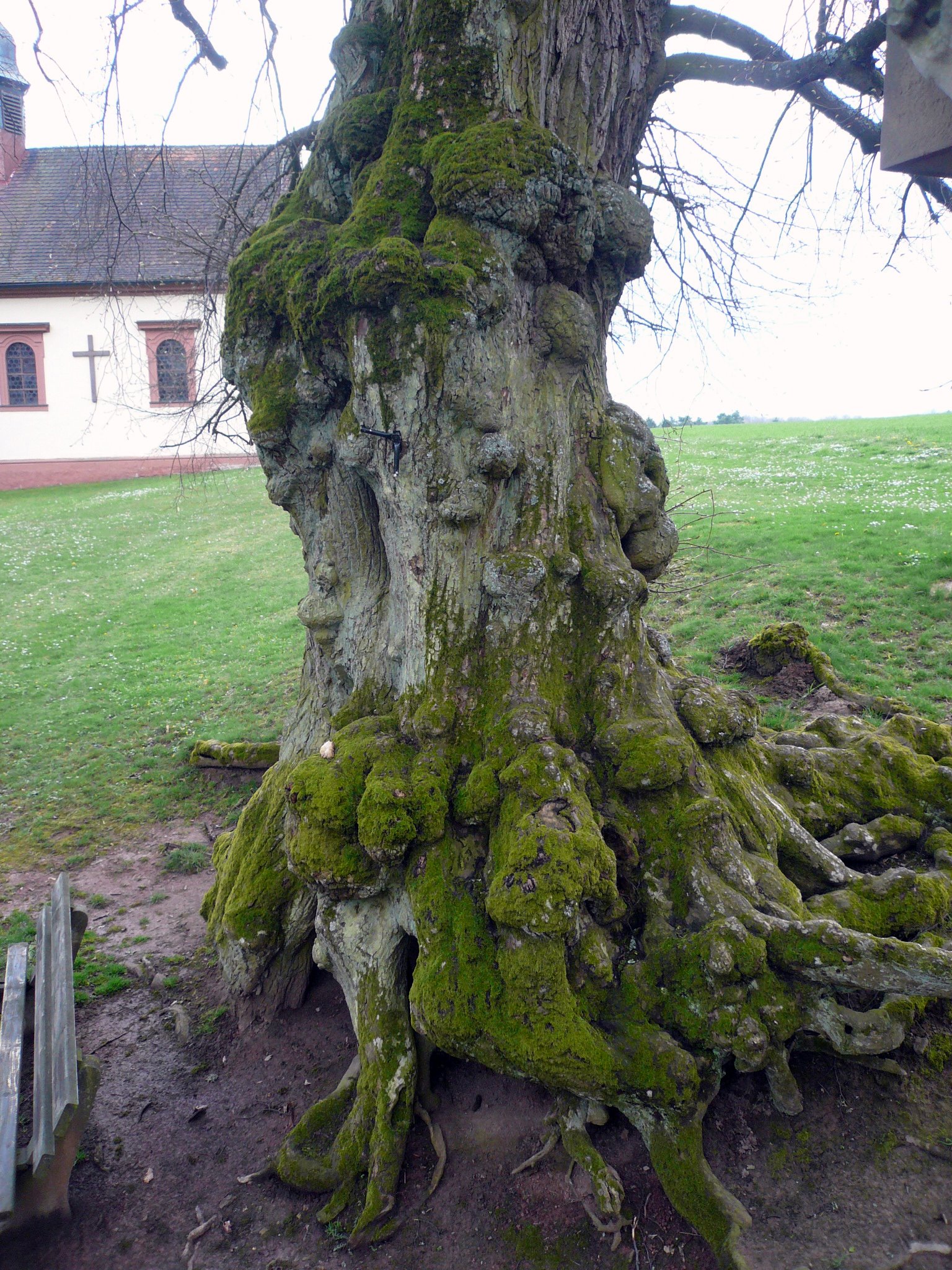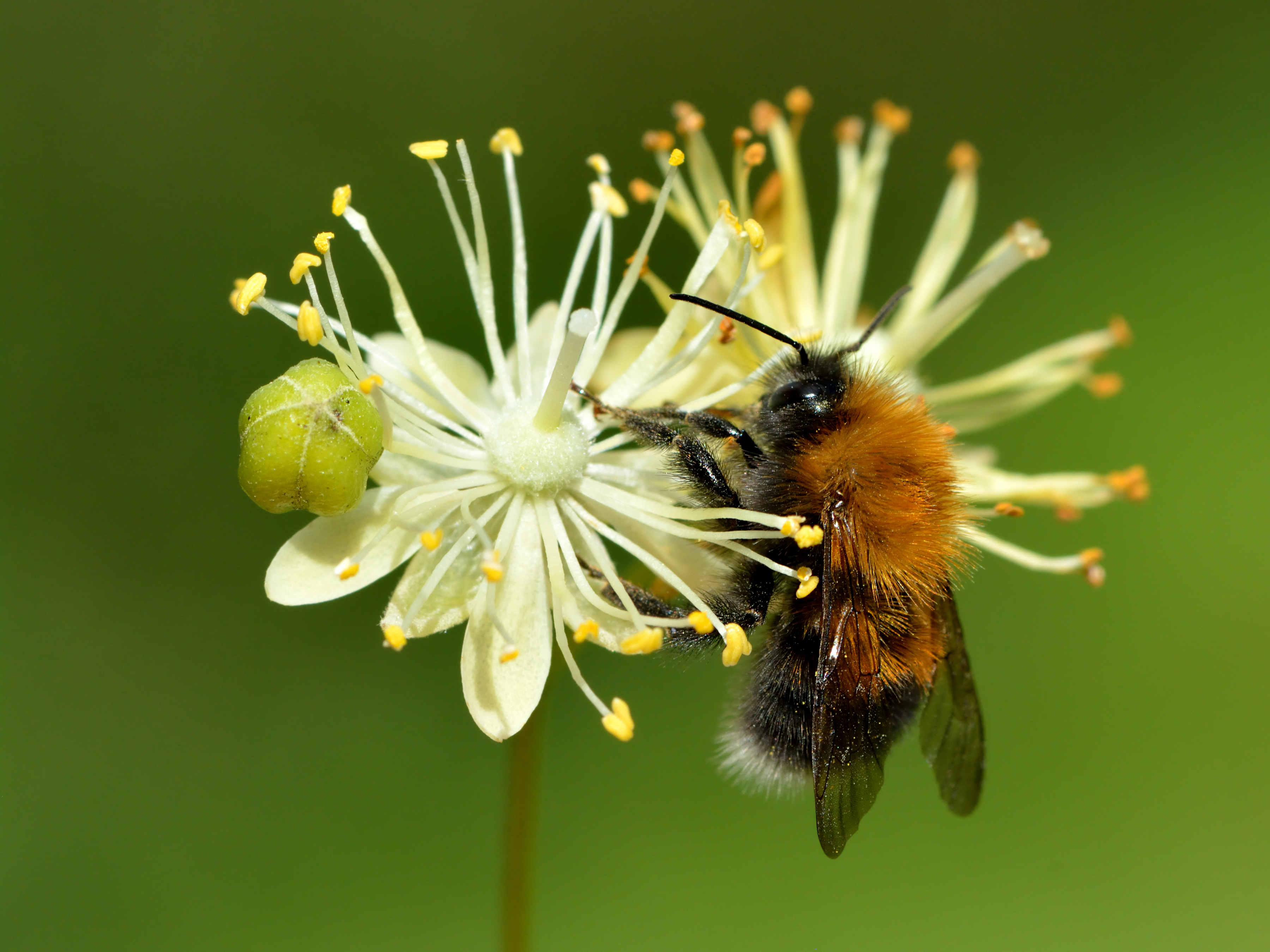|
Tilia Japonica
''Tilia japonica'', the Japanese lime or Japanese linden, is a species of ''Tilia'' native to eastern China and Japan, preferring to grow in mountains up to 2000m. It superficially resembles the better-known ''Tilia cordata'', the small-leaved lime, and was originally described as ''Tilia cordata'' var. ''japonica''. It differs from ''T. cordata'' in having 164 chromosomes instead of 82, and by some subtle differences in leaf and flower morphology. ''T. japonica'' inflorescences consistently have 5 staminodes, which is a reliable trait distinguishing it from ''T. cordata'' and '' T. amurensis''. Recent studies indicate ''T.japonica'' to play an important role in maintaining the ectomycorrhizal networks in local forests it grows in Japan. Cultivation and uses ''Tilia japonica'' is grown as an ornamental tree. Its 'Ernest Wilson' cultivar has gained the Royal Horticultural Society's Award of Garden Merit. Its wood was used for furniture, and due to its straight grain is still occas ... [...More Info...] [...Related Items...] OR: [Wikipedia] [Google] [Baidu] |
Tilia
''Tilia'' is a genus of about 30 species of trees or bushes, native throughout most of the temperateness, temperate Northern Hemisphere. The tree is known as linden for the European species, and basswood for North American species. In Great Britain and Ireland they are commonly called lime trees, although they are not related to the citrus Lime (fruit), lime. The genus occurs in Europe and eastern North America, but the greatest species diversity is found in Asia. Under the Cronquist system, Cronquist classification system, this genus was placed in the family Tiliaceae, but genetic research summarised by the Angiosperm Phylogeny Group has resulted in the incorporation of this genus, and of most of the previous family, into the Malvaceae. ''Tilia'' is the only known ectomycorrhizal genus in the family Malvaceae. Studies of ectomycorrhizal relations of ''Tilia'' species indicate a wide range of fungal symbionts and a preference toward Ascomycota fungal partners. Description ''T ... [...More Info...] [...Related Items...] OR: [Wikipedia] [Google] [Baidu] |
Tilia Cordata
''Tilia cordata'', the small-leaved lime or small-leaved linden, is a species of tree in the family Malvaceae, native to much of Europe. Other common names include little-leaf or littleleaf linden, or traditionally in South East England, pry or pry tree. Its range extends from Great Britain, Britain through mainland Europe to the Caucasus and western Asia. In the south of its range it is restricted to high elevations. Description ''Tilia cordata'' is a deciduous tree growing to tall, diameter 1/3 to 1/2 the height, with a trunk up to diameter. The largest known trunk circumference was a specimen in Närke, Sweden, that measured circumference at chest height. There are lime trees in Germany that are said to be over 1000 years old. The bark is smooth and grayish when young, firm with vertical ridges and horizontal fissures when older. The crown is rounded in a formal oval shape to pyramidal. Branching is upright and increases in density with age. The leaf, leaves are alternately ... [...More Info...] [...Related Items...] OR: [Wikipedia] [Google] [Baidu] |
Staminode
In botany, a staminode is an often rudimentary, sterile or abortive stamen, which means that it does not produce pollen.Jackson, Benjamin, Daydon; ''A Glossary of Botanic Terms with their Derivation and Accent''; Published by Gerald Duckworth & Co. London, 4th ed 1928 Staminodes are frequently inconspicuous and stamen-like, usually occurring at the inner whorl of the flower, but are also sometimes long enough to protrude from the corolla. Sometimes, the staminodes are modified to produce nectar, as in the witch-hazel ''(Hamamelis)''.jin lu mei shu. Hamamelis Linnaeus, Sp. Pl. 1: 124. 1753. Flora of China 9: 32. 2003 Staminodes can be a critical characteristic for differentiating between species, for instance in the orchid genus ''Paphiopedilum'', and among the penstemons. In the case of cannas, the petals are inconsequential and the staminodes are refined into eye-catching petal-like replacements. A spectacular example of staminode is given by ''Couroupita guianensis ''C ... [...More Info...] [...Related Items...] OR: [Wikipedia] [Google] [Baidu] |
Tilia Amurensis
''Tilia amurensis'', commonly known as the Amur lime or Amur linden, is a species of ''Tilia'' native to eastern Asia. It differs from the better-known ''Tilia cordata'' in having somewhat smaller leaves, bracts and cymes. It is an important timber tree in Russia, China and Korea, and is occasionally planted as a street tree in cities with colder climates. Description ''Tilia amurensis'' is a medium sized shade tree which can grow up to tall. The appearance is quite similar to '' Tilia japonica'' besides the difference in size of leaves, bracts and a shorter cyme. ''Tilia amurensis'' is a hermaphrodite, which means it contains both female and male organs, and is mainly pollinated by insects. Habitat ''Tilia amurensis'' prefers a medium moisture level and fertile, well drained, loamy soil. It has the ability to adapt to several different ranges of soil conditions as well as a good tolerance for urban conditions. It is often found in mixed forests across China, North Korea, So ... [...More Info...] [...Related Items...] OR: [Wikipedia] [Google] [Baidu] |
Ectomycorrhiza
An ectomycorrhiza (from Greek ἐκτός ', "outside", μύκης ', "fungus", and ῥίζα ', "root"; ectomycorrhizas or ectomycorrhizae, abbreviated EcM) is a form of symbiotic relationship that occurs between a fungal symbiont, or mycobiont, and the roots of various plant species. The mycobiont is often from the phyla Basidiomycota and Ascomycota, and more rarely from the Zygomycota. Ectomycorrhizas form on the roots of around 2% of plant species, usually woody plants, including species from the birch, dipterocarp, myrtle, beech, willow, pine and rose families. Research on ectomycorrhizas is increasingly important in areas such as ecosystem management and restoration, forestry and agriculture. Unlike other mycorrhizal relationships, such as arbuscular mycorrhiza and ericoid mycorrhiza, ectomycorrhizal fungi do not penetrate their host's cell walls. Instead they form an entirely intercellular interface known as the Hartig net, consisting of highly branched hyphae ... [...More Info...] [...Related Items...] OR: [Wikipedia] [Google] [Baidu] |
Ornamental Tree
Ornamental plants or ''garden plants'' are plants that are primarily grown for their beauty but also for qualities such as scent or how they shape physical space. Many flowering plants and garden varieties tend to be specially bred cultivars that improve on the original species in qualities such as color, shape, scent, and long-lasting blooms. There are many examples of fine ornamental plants that can provide height, privacy, and beauty for any garden. These ornamental perennial plants have seeds that allow them to reproduce. One of the beauties of ornamental grasses is that they are very versatile and low maintenance. Almost all types of plant have ornamental varieties: trees, shrubs, climbers, grasses, succulents, aquatic plants, herbaceous perennials and annual plants. Non-botanical classifications include houseplants, bedding plants, hedges, plants for cut flowers and ''foliage plants''. The cultivation of ornamental plants comes under floriculture and tree nurseries, wh ... [...More Info...] [...Related Items...] OR: [Wikipedia] [Google] [Baidu] |
Royal Horticultural Society
The Royal Horticultural Society (RHS), founded in 1804 as the Horticultural Society of London, is the UK's leading gardening charity. The RHS promotes horticulture through its five gardens at Wisley (Surrey), Hyde Hall (Essex), Harlow Carr (North Yorkshire), Rosemoor (Devon) and Bridgewater (Greater Manchester); flower shows including the Chelsea Flower Show, Hampton Court Palace Flower Show, Tatton Park Flower Show and Cardiff Flower Show; community gardening schemes; Britain in Bloom and a vast educational programme. It also supports training for professional and amateur gardeners. the president was Keith Weed and the director general was Clare Matterson CBE. History Founders The creation of a British horticultural society was suggested by John Wedgwood (son of Josiah Wedgwood) in 1800. His aims were fairly modest: he wanted to hold regular meetings, allowing the society's members the opportunity to present papers on their horticultural activities and discov ... [...More Info...] [...Related Items...] OR: [Wikipedia] [Google] [Baidu] |
Award Of Garden Merit
The Award of Garden Merit (AGM) is a long-established award for plants by the British Royal Horticultural Society (RHS). It is based on assessment of the plants' performance under UK growing conditions. It includes the full range of cultivated plants, from annuals, biennials and perennials to shrubs and trees. It covers plants grown for specific purposes - such as vegetable crops, fruit, hedging, topiary, groundcover, summer bedding, houseplants, etc. It tests characteristics such as robustness, hardiness, longevity, flowering/fruiting abundance and quality, usefulness, and ease of cultivation. It pays particular attention to a plant's ability to survive and thrive in challenging conditions such as wind and frost. The AGM trophy symbol is widely used in gardening literature as a sign of exceptional quality, and is recognised as such by writers, horticulturalists, nurseries, and everybody in the UK who practises gardening. History The Award of Garden Merit is a mark of quality aw ... [...More Info...] [...Related Items...] OR: [Wikipedia] [Google] [Baidu] |
Wood Veneer
Veneer refers to thin slices of wood and sometimes bark that typically are glued onto core panels (typically, wood, particle board or medium-density fiberboard) to produce flat panels such as doors, tops and panels for cabinets, parquet floors and parts of furniture. They are also used in marquetry. Unlike laminates, no two veneer sheets look the same. Plywood consists of three or more layers of veneer. Normally, each is glued with its grain at right angles to adjacent layers for strength. Veneer beading is a thin layer of decorative edging placed around objects, such as jewelry boxes. Veneer is also used to replace decorative papers in wood veneer high pressure laminate. Background Veneering dates back to at least the ancient Egyptians who used expensive and rare wood veneers over cheaper timbers to produce their furniture and sarcophagi. During the Roman Empire, Romans also used veneered work in mass quantities. Production Veneer is obtained either by "peeling ... [...More Info...] [...Related Items...] OR: [Wikipedia] [Google] [Baidu] |
Nagano (city)
is the capital and largest Cities of Japan, city of Nagano Prefecture, located in the Nagano Basin (Zenkoji Daira) in the central Chūbu region of Japan. Nagano is categorized as a Core cities of Japan, core city of Japan. Nagano City is the highest prefectural capital in Japan, with an altitude of . The city is surrounded by mountains, the highest of which is Mount Takatsuma (2,353 m), and it is near the confluence of the Chikuma River—the longest and widest river in Japan—and the Sai River. , the city had an estimated population of 365,296 in 160,625 households, and a population density of 438 persons per km². The total area of the city is . Overview Nagano City, located in the former Shinano Province, developed in the Nara period (AD 710 to 794) as a temple town (''monzen machi''). The city of Nagano is home to Zenkō-ji, a 7th-century Buddhism, Buddhist temple that is listed as a National Treasure (Japan), Japanese National Treasure. Zenkō-ji was established at its ... [...More Info...] [...Related Items...] OR: [Wikipedia] [Google] [Baidu] |
Ainu People
The Ainu are an Indigenous peoples, indigenous ethnic group who reside in northern Japan and southeastern Russia, including Hokkaido and the Tōhoku region of Honshu, as well as the land surrounding the Sea of Okhotsk, such as Sakhalin, the Kuril Islands, the Kamchatka Peninsula, and the Khabarovsk Krai. They have occupied these areas, known to them as "Ainu Mosir" (), since before the arrival of the modern Yamato people, Yamato and Treaty of Aigun, Russians. These regions are often referred to as and its inhabitants as in historical Japanese texts. Along with the Yamato and Ryukyuan people, Ryukyu ethnic groups, the Ainu people are one of the primary historic ethnic groups of Japan. Official surveys of the known Ainu population in Hokkaido received 11,450 responses in 2023, and the Ainu population in Russia was estimated at 300 in 2021. Unofficial estimates in 2002 placed the total population in Japan at 200,000 or higher, as the near-total Cultural assimilation, assimilatio ... [...More Info...] [...Related Items...] OR: [Wikipedia] [Google] [Baidu] |






